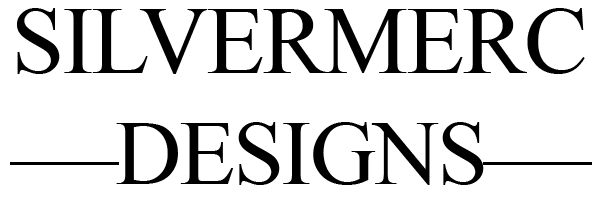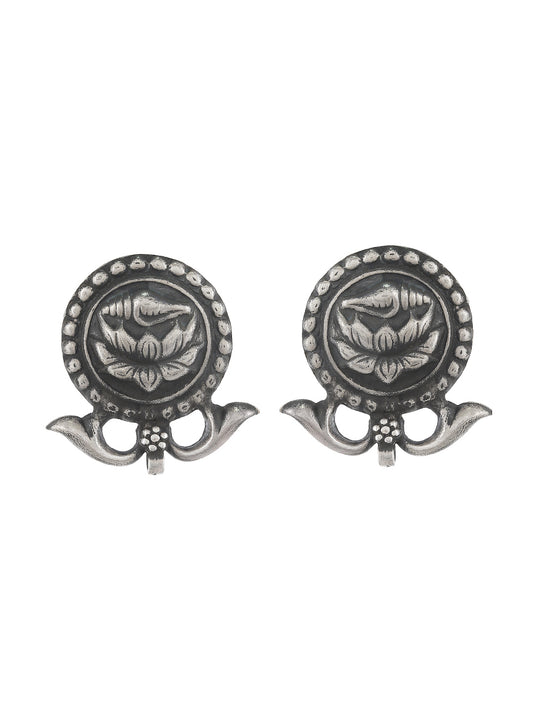
In today’s world, women are looking to express themselves and break the conventional norms of what society believes is ‘right’ for them. The modern Indian woman is one who is fashion-forward, confident, and not afraid to experiment with her style. She knows how to mix different elements from various cultures in order to create a unique and personal sense of style. When it comes to creating this type of bold look, few pieces of clothing are as useful as ethnic wear.
Immediately you may think that ethnic wear refers only to the sarees or salwar kameezes that women from India might wear on special occasions or when going out for dinner. But there’s so much more than just these two staples that fall under the category of ethnic wear.
Without doubt, one can safely say that Indian ethnic dresses for women has gained significant influence and popularity in contemporary fashion. Ethnic wear is still the most favored segment among Indian women, whether for everyday wear or casual, however, the industry continues to grow as new consumer demands and contemporary trends emerge. With the impact of Westernization, today, we see women wearing the traditional Indian silhouettes in Westernized ways in order to stay ahead of trends and to appear fashionable.
Rajbanshi community women traditionally wore their sari without the choli and tied under the neck as towel, but only older women today wear this style, while the Nivvi and the Bangladeshi saree are much more popular nowadays. While the sari is typical to the traditional attire for women of the Indian Subcontinent, clothing worn by women of Southeast Asian countries such as Myanmar, Malaysia, Philippines, Cambodia, Thailand, and Laos is similar, where a long, rectangular piece of fabric is dragged around the body. This outfit is one of the most common types of Indian attire, apart from a sari, that can be worn for formal occasions such as marriages. There are various types of Indian wear, and it is not limited only to suits and sarees, there is much more than this.
Nowadays, we are seeing many different types of Indian wear such as palazzos and pantsuits, which are the amalgamation of Indian and Western fashion, and are quite trending. While women all over our country like the Indian-styled, ethnic clothes just like us, wearing the traditional clothes for work is not something that everybody is comfortable with.
In the general Indian mindset, Indian clothes make women look traditional, whereas Western clothes mark them out as modern and liberal. Some
women like to stay traditional, based on their cultural heritage, while others like ethnic clothes blended with a contemporary twist. Women drape the saree which mirrors their culture as well as the ethnic outfit which makes the whole appearance charming. Ethnic wear in India includes sarees, lehnga, ghaghara-choli, salwar-suit, kurta-pajamas, and a lot more that are worn for special occasions and festival times. A sight for sore eyes, the contemporary-day Lehnga-choli certainly takes your breath away, whatever the occasion; show off your Ethnic Wear in the best way possible. The latest trend of fashion brings news of Indian Couture Week, wherein various types of Indian ethnic dresses are showcased at their shows, alongside traditional sarees, bridal lehenga, salwar kameez, etc.
In India Couture Week, you can find the latest trends, trends, inspirations, and
inspirations to get you started. In most cases, people take fashion inspiration from their favourite B-town celebrities and famous Bollywood divas, from
Kajol, Aishwarya Rai Bachchan, Madhuri Dixit and Vidya Balan to the younger generation of actresses like Deepika Padukone, Katrina Kaif, Sonam Kapoor and Priyanka Chopra, who all advocate Indian ethnic wear on the global platform and are often seen wearing fashion sarees, designer lehenga style sarees, lehenga cholis and salwar suits to events, award ceremonies and
promotions. In most cases, people derive fashion inspiration from their favourite B-Town celebs and famous Bollywood divas from Kajol, Aishwarya Rai Bachchan, Madhuri Dixit and Vidya Balan to the younger generation of actresses such as Deepika Padukone, Katrina Kaif, Sonam Kapoor and Priyanka Chopra are all upholding Indian ethnic wear at the global platform and are often seen wearing fashionable sarees, designer lehenga style saree, lehenga choli and salwar suits to events, award ceremonies and promotions. The glitzy, stylish clothes.
Changing lifestyles, fast-paced urbanization, and increased fashion consciousness have seen the ethnic clothing segment grow incrementally in recent years, with experts reporting significant increase in the demand for ethnic clothes, particularly or women. With the growth in the trend for mixed-style attire, ethnic clothes are becoming staples of everyday wardrobes. Ethnic clothes such as salwar kameez, which has evolved through the years to various styles such as shirts-style kurti, asymmetrical kurti, etc., are being paired with denims or trousers by women in the modern age. The new-age avatars of ethnic dresses for parties are becoming more and more popular because they display rich cultural essence.
What is far more interesting to note is that nearly every mainstream Indian attire is featured in the modern-day variety of ethnic attires like sarees and salwar kameez, lehenga Cholis, and anarkali suits. The present generations are far more inclined toward Western attires, and the match is nowhere near to be made with the traditional Indian attires at festivals or at other events like marriages. In this hectic life, women mainly choose to shop Indian dresses online in order to save their time and to buy trendy and ethnic clothes for the perfect look. Online shopping of sarees, especially, is easier due to the availability of stores such as RazzelDazzel, which make sure that they stock every Indian ethnic wear a customer could possibly imagine, particularly for
women.
Thus, availability of ethnic wear is easy to access amongst Indians both within India and globally, thereby celebrating the Indian culture, traditions, and festivals in multiple ways. Indian Ethnic Wear Industry Expected to Grow in India To How has Indian Ethnic Wear grown to become a billion-dollar industry?. No matter what you might prefer to wear on a regular basis, it will be a challenge if you do not own at least one piece of ethnic attire in your wardrobe. Neerus has got you covered with every style, whether you are looking for Indian heritage clothes, Western styles, or contemporary silhouettes. Today, we are discussing the 11 stunning types of Indian clothing with their traditional and modern styles. All the sarees from Neeru are reminders of our rich Indian old tradition, each garment is meant to be a style statement and a conversation-starter, and they are designed for ease and comfort.
While ethnic wear is the amalgamation of both the traditional and the Western dress, such as the Salwar suits, are stitched differently, like anarkali kurta, palazzo pants, Pakistani-style salwar-suits, or Kurta-dhoti, depending on trends and the upcoming fashion styles of the market. All girls and married women used to wear saris as their normal clothes, but now, most working women prefer to wear shalwar kameez or Western clothes instead. As with the other segments in the fashion industry, Indias ethnic womens clothing sector is also witnessing significant growth with the rise of private labels offering lower-priced products than their brand-name counterparts. Private labels offering lower-priced products than their brand-name counterparts.





